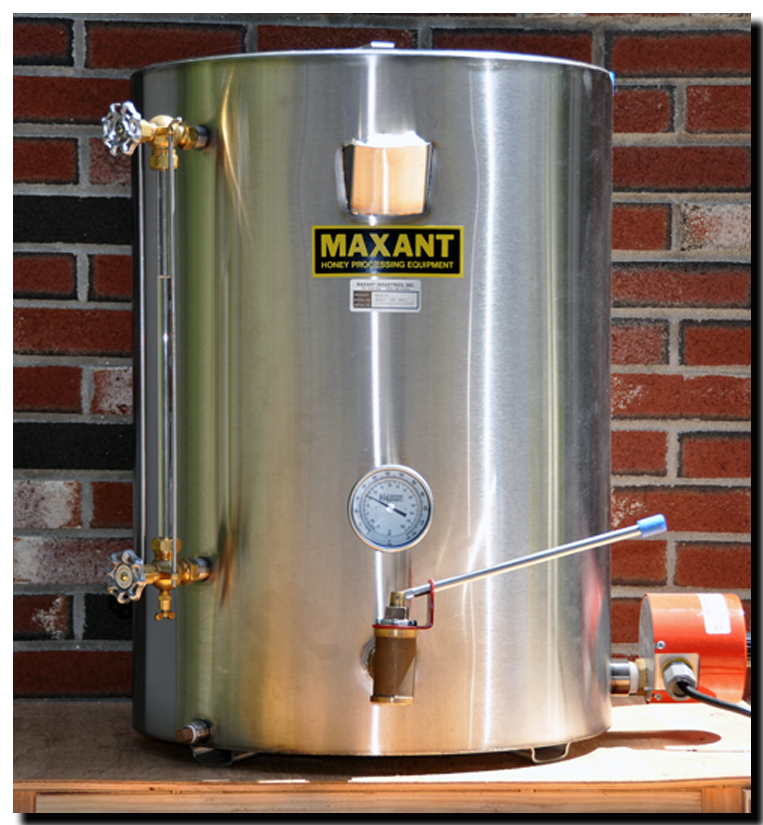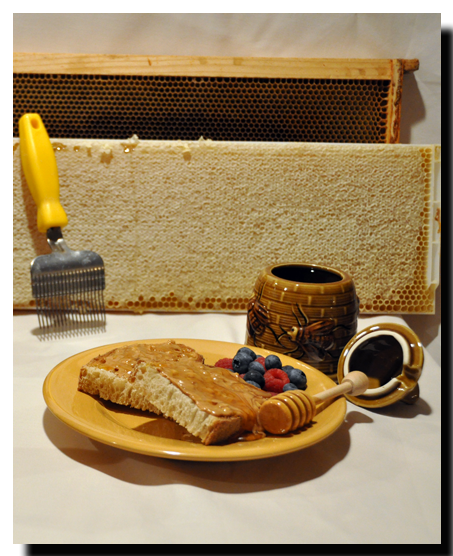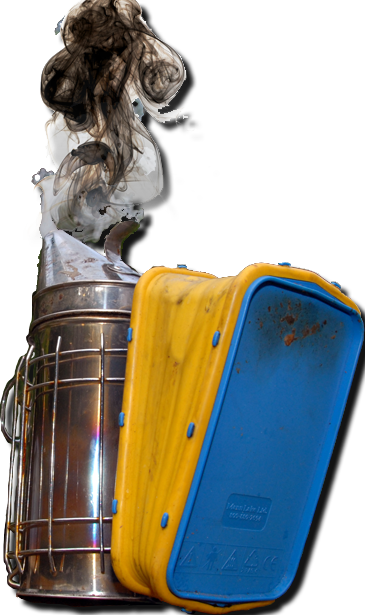Texture of Honey
Honey typically comes in three different forms. Liquid honey, Crystallized honey and creamed honey. The different types of honey can all be produced from raw "beekeepers" honey. This means they all retain the beneficial properties of natural honey while also having their own textural and flavor properties to deliver.
Liquid Honey

Liquid honey is by far the most popular way honey is purchased in the United States. This is the honey that is removed directly from the honey supers on our hives at the end of the season. There does not need to be any special preserving process, but most store bought honeys are heated to be sure the honey keeps the liquid form. Liquid honey texture will vary based on temperature. As it cools it will become thicker and develop the consistency of molasses while warming will thin the honey and it will be free to run more loosely. Just be sure not to over heat the honey or you risk removing the delicate nutrients found in raw honey.
Crystallized and Creamed Honey

In other parts of the world, crystallized or creamed honey is preferred. It is normal for crystallization to occur in raw honey. It normally starts at the bottom of the bottle and can be easily reversed by warming the honey. I’ve seen many suggestions to quickly microwave the honey or to immerse the honey in hot water. I don’t like either of these methods as the microwave heats unevenly and may overheat or burn the honey while the hot water method is only marginally useful as it is difficult to maintain the temperature of the water over the period of time that it takes to re-liquefy the honey. I sometimes prefer crystallized or semi-crystallized honey as it is easy to spread. If I want to re-liquefy a bottle of honey I leave it in my car on a warm day. If it is a hot day I leave the windows down a bit or wrap the bottle in a small towel to protect it from getting too hot. To be safe and sure all the goodness in the honey is preserved, try not to heat it above 120 degrees. The rate at which crystallization occurs depends on the nectar source and temperature at which the honey is stored.
Creamed honey is produced by varying the temperature of the honey and churning it to give it a creamy or buttery consistency which makes it convenient for spreading on toast. While churning the crystallized honey liquid honey is added to achieve the desired consistency. It is important during this techniques to move very slowly to be sure not to add air to the creamed honey. Creamed honey also liquefies and mixes easily in hot drinks such as tea and coffee making it a great substitute for sweeteners.




